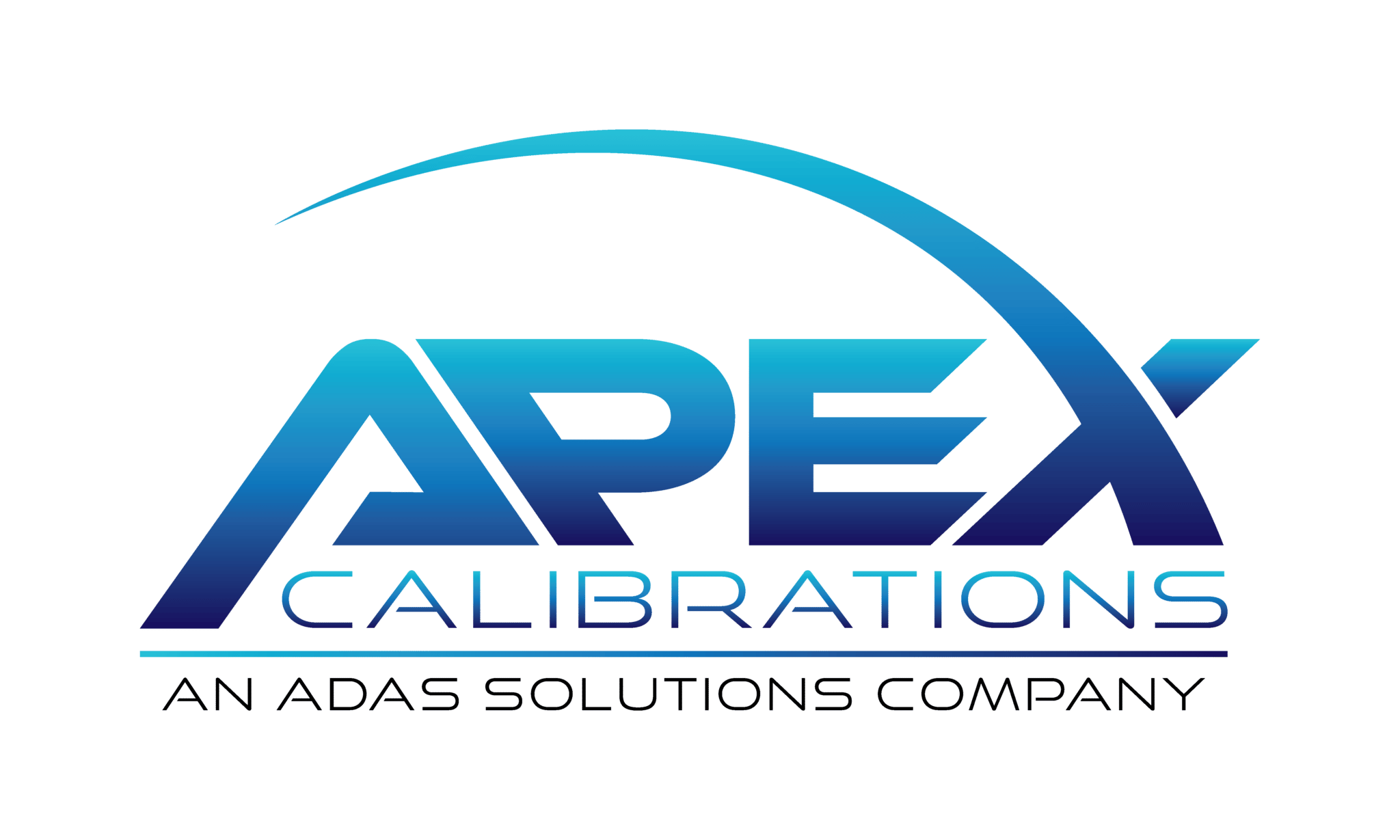Driven by safety
Advanced Driver Assistance Systems, once considered the future of automotive safety, are rapidly becoming the standard of the industry.
Most vehicles being produced today include at least one, often multiple ADAS features. This means the need for accurate and precise calibrations is more essential than ever before. APEX Calibrations prides itself on being a leader in the automotive repair industry, guaranteeing precision and accuracy every time.
We know the safety of your vehicle is your top priority which is why we’ve made it our top priority.
What is ADAS?
Advanced Driver Assistance Systems, or ADAS, refers to automotive technology designed to improve safety on the road through danger warnings and at times, operator assistance.
ADAS can be found in most modern vehicles and include features you’re probably already familiar with. The addition of ADAS has helped to improve safety for drivers, passengers and pedestrians alike by increasing driver control and minimizing human error behind the wheel.
Common ADAS
Systems & Features
Common adas systems & Features
AUTOMATIC
EMERGENCY
BRAKING (AEB)
Automatically engages braking system when an impeding collision is detected.
BLIND SPOT
DETECTION
Monitors blind spots and alerts driver when an obstacle is present.
LANE
DEPARTURE
WARNING
Alerts driver when they have drifted from their designated lane without proper signaling.
ADAPTIVE
HEADLIGHTS
Adjusts lamp’s brightness and/or positioning to improve visibility in low light conditions.
PEDESTRIAN
DETECTION
Automatically engages braking system when an impeding collision is detected.
COLLISION
AVOIDANCE
SYSTEM
Detects risk of collision and automatically engages brake system to avoid crash.
ADAPTIVE
CRUISE
CONTROL
Controls pace of vehicle based on speed of and distance to forward driver.
Automatic
Emergency
Braking (AEB)
Automatically engages braking system when an impeding collision is detected.
Blind Spot
Detection
Monitors blind spots and alerts driver when an obstacle is present.
Lane Departure
Warning
Alerts driver when they have drifted from their designated lane without proper signaling.
Adaptive
Headlights
Adjusts lamp’s brightness and/or positioning to improve visibility in low light conditions
Pedestrian
Detection
Alerts driver when a pedestrian has been detected in their path of travel.
Collision
Avoidance
System
Detects risk of collision and automatically engages brake system to avoid crash.
Adaptive
cruise control
Controls pace of vehicle based on speed of and distance to forward driver.
Importance of ADAS Calibration
With advanced technology comes the need for advanced, precise repairs
ADAS sensors can be compromised by several situations ranging from vehicle collisions to common services and repairs (such as windshield replacement or realignment). When a sensor is affected, the ADAS loses dependability and calibration (or recalibration) becomes a necessity.
Calibration needs are dependent on vehicle and situation and more often than not, they are undetectable by the naked eye. For this reason, it’s important each situation is addressed with modern technology, special training and a precise process.
Our Process
Our four-step process was developed to ensure precision and accuracy every time.
Each vehicle that comes into our facility for calibrations is taken through this process in its entirety to guarantee
all ADAS features are fully operational, and the vehicle is safe to return to the road.
Our Process
Our four-step process was developed to ensure precision and accuracy every time.
Each vehicle that comes into our facility for calibrations is taken through this process in its entirety to guarantee
all ADAS features are fully operational, and the vehicle is safe to return to the road.

Pre-Calibration Diagnostic Scan
a. Identify ADAS systems on each vehicle
b. Identify what ADAS Systems were affected by the accident
c. Identify what ADAS Systems were affected by the repair process

Wheel Alignment Verification
a. Validate Tire Pressure
b. Thrust Line Verification
c. Initial structural measurement
d. Validate ride height
e. Confirm steering angle sensor
f. Perform any necessary repairs

Calibration
a. Validate Fuel Level (Compensation weight added when not a full tank)
b. Validate Ride Height
c. Vehicle calibration(s)
d. Test Drive
e. Final health check/scan

Health Check (Post Scan)
a. Complete post scan
b. Provide documented certification of calibration

